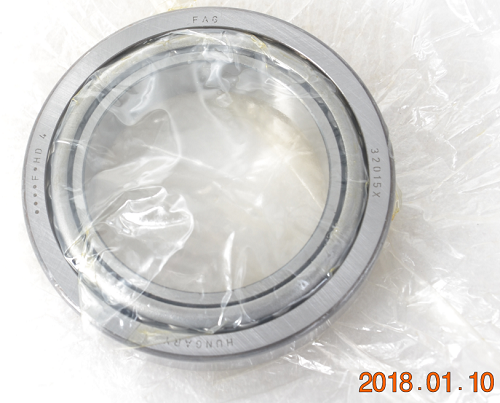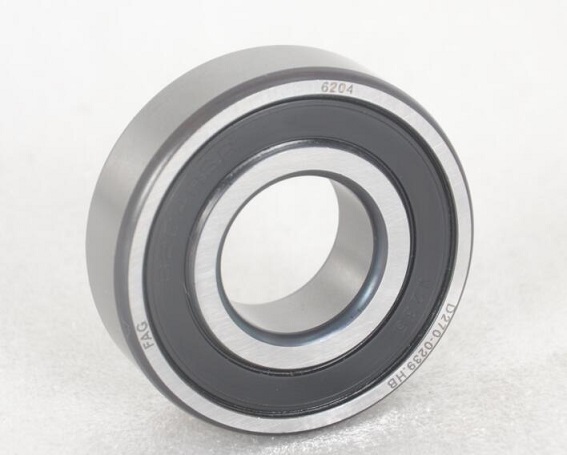
 News
News
(1) Surface oxide layer
The steel surface under the action of instantaneous high temperature interacts with the oxygen in the air to form a very thin (20 ~ 30nm) thin layer of iron oxide. It is worth noting that the thickness of the oxide layer corresponds to the test result of the total thickness of the surface-modified metamorphic layer. This shows that the thickness of the oxide layer is directly related to the grinding process and is an important symbol of the grinding quality. ERIC BEARING LTD has enough stock for FAG bearings 32015X,please click here.

(2) Amorphous structure layer
When the instantaneous high temperature in the grinding zone brings the surface of the workpiece to a molten state, the molten metal molecule flow is evenly coated on the working surface, and is cooled by the base metal at an extremely fast rate, forming an extremely thin layer of amorphous state Organization layer. It has high hardness and toughness, but it is only about 10nm, it is easy to be removed in precision grinding processing.
(3) High temperature tempering layer
The instantaneous high temperature in the grinding zone can make the surface heated to a temperature higher than the workpiece tempering heating within a certain depth (10 ~ 100nm). When the austenitizing temperature is not reached, as the temperature to be heated increases, the surface of the surface layer by layer will produce a tempering or high temperature tempering transformation corresponding to the heating temperature and the hardness will also decrease. The higher the heating temperature. ERIC BEARING LTD has enough stock for FAG bearings 2205-2RS-TVH, please click here.
(4) Two-layer quenching layer
When the instantaneous high temperature in the grinding zone heats the surface layer of the workpiece above the austenitizing temperature (Ac1), the austenitized structure of this layer is re-quenched into a martensite structure during the subsequent cooling process. For any workpiece with secondary quenching burn, the high temperature tempering layer with extremely low hardness must be below the secondary quenching layer.
(5) Grinding crack
The secondary quenching burn will change the stress of the surface layer of the workpiece. The secondary quenching zone is under compression, and the material in the high temperature tempering zone below it has the greatest tensile stress. This is where the crack core is most likely to occur. Cracks are most likely to propagate along the original austenite grain boundaries. Severe burns can cause cracks (mostly cracks) on the entire grinding surface and cause the workpiece to be scrapped. ERIC BEARING LTD has enough stock for FAG bearings 6204-2RSR, please click here.
